Growth in Paper and Pulp Industry
The Sodium Hydrosulfite Market is significantly influenced by the paper and pulp sector, where it serves as a vital bleaching agent. The demand for high-quality paper products has been on the rise, driven by the increasing consumption of printed materials and packaging solutions. Sodium hydrosulfite is favored for its effectiveness in producing bright, white paper while minimizing environmental impact. Recent data indicates that the paper and pulp industry represents a considerable share of the sodium hydrosulfite market, with projections suggesting continued growth as manufacturers strive for enhanced product quality. Additionally, the shift towards sustainable paper production methods may further enhance the role of sodium hydrosulfite, as it aligns with the industry's goals of reducing chemical usage and improving environmental performance.
Increasing Demand in Textile Industry
The Sodium Hydrosulfite Market is experiencing a notable surge in demand, particularly from the textile sector. This compound is extensively utilized as a reducing agent in the dyeing and bleaching processes, which are critical for producing vibrant colors and maintaining fabric quality. As the global textile industry continues to expand, driven by rising consumer preferences for dyed fabrics, the demand for sodium hydrosulfite is projected to grow. Recent estimates suggest that the textile segment accounts for a substantial portion of the sodium hydrosulfite consumption, indicating a robust market potential. Furthermore, the increasing focus on sustainable practices within the textile industry may further bolster the demand for sodium hydrosulfite, as manufacturers seek eco-friendly alternatives for dyeing processes.
Expansion of the Food and Beverage Sector
The Sodium Hydrosulfite Market is also benefiting from the expansion of the food and beverage sector, where it is utilized as a food preservative and antioxidant. The increasing consumer demand for processed and packaged foods has led to a rise in the use of sodium hydrosulfite to maintain product freshness and extend shelf life. Market analysis indicates that the food and beverage industry is a growing segment for sodium hydrosulfite, with its application in various products such as dried fruits and beverages. As health-conscious consumers continue to seek products with longer shelf lives without compromising quality, the demand for sodium hydrosulfite is likely to increase. This trend may further drive innovation in food preservation techniques, positioning sodium hydrosulfite as a key player in the food industry.
Rising Awareness of Environmental Regulations
The Sodium Hydrosulfite Market is increasingly shaped by the rising awareness of environmental regulations. As industries face stricter guidelines regarding chemical usage and waste management, sodium hydrosulfite is emerging as a preferred choice due to its relatively lower environmental impact compared to other reducing agents. This shift is particularly evident in sectors such as textiles and paper, where manufacturers are actively seeking compliant solutions that align with sustainability goals. The growing emphasis on eco-friendly practices is likely to enhance the market for sodium hydrosulfite, as companies strive to meet regulatory standards while maintaining product efficacy. Furthermore, the potential for sodium hydrosulfite to be utilized in greener production processes may attract new investments and innovations within the industry.
Technological Innovations in Production Processes
The Sodium Hydrosulfite Market is poised for growth due to ongoing technological innovations in production processes. Advances in manufacturing techniques are enhancing the efficiency and cost-effectiveness of sodium hydrosulfite production, which could lead to increased availability and reduced prices. These innovations may also improve the purity and quality of the final product, making it more appealing to various industries, including textiles, paper, and food. As production methods evolve, the sodium hydrosulfite market may witness a shift towards more sustainable practices, aligning with the broader trend of reducing environmental footprints. The potential for enhanced production capabilities could attract new players to the market, further stimulating competition and innovation.
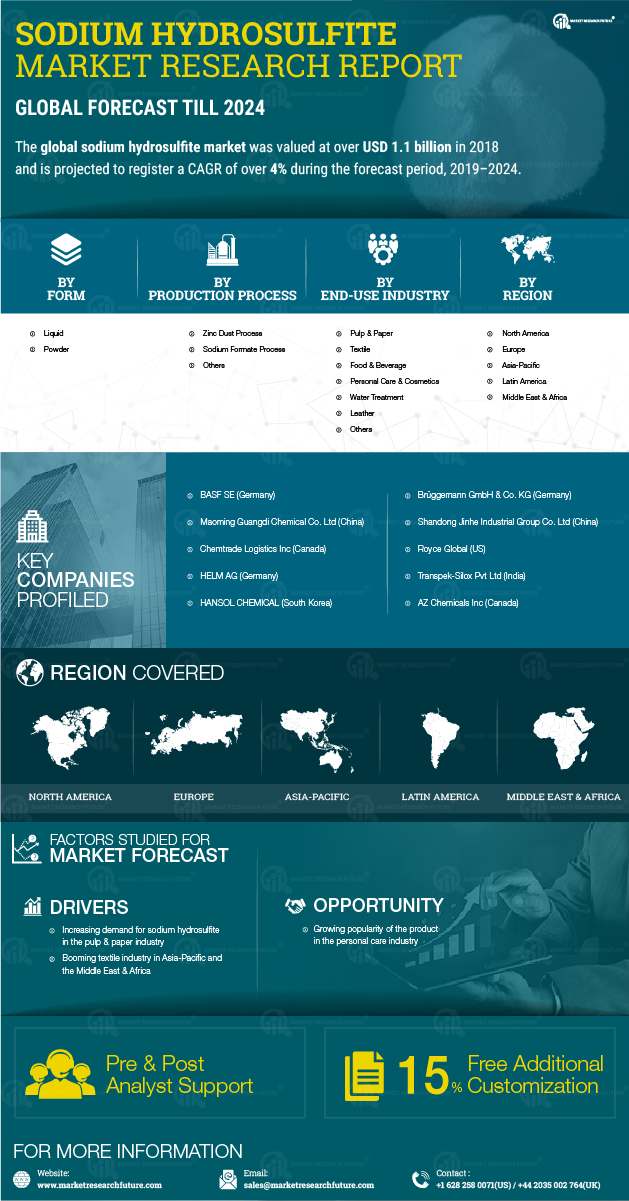

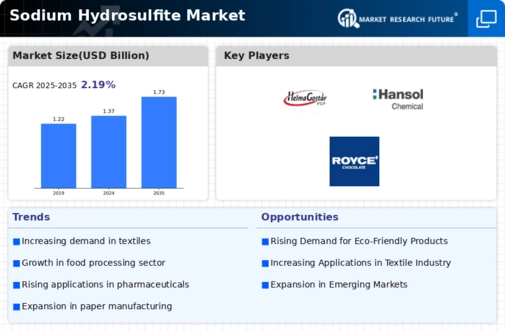
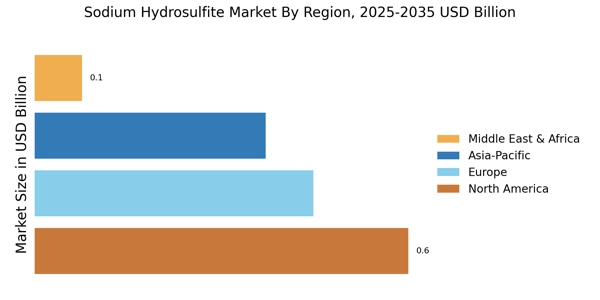


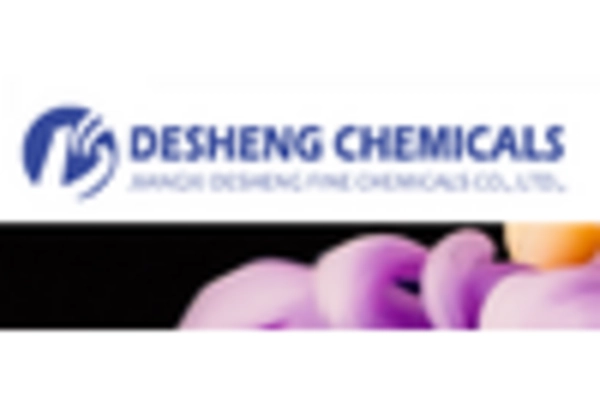
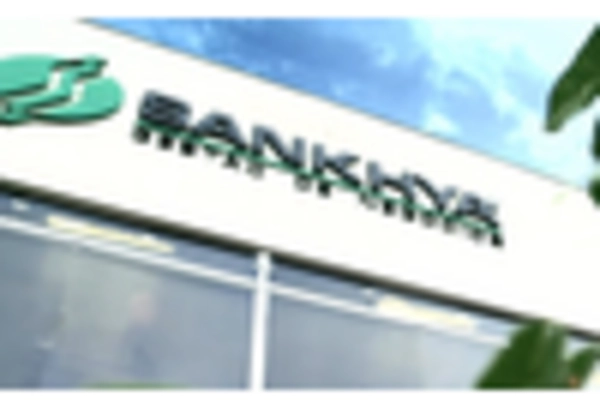
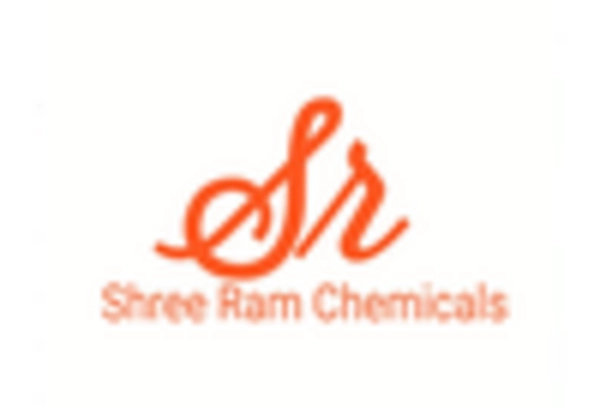
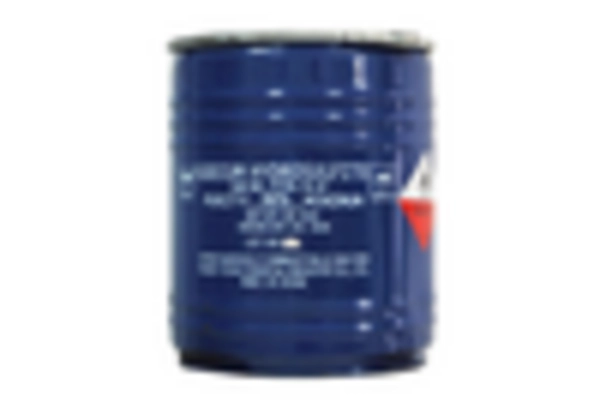








Leave a Comment